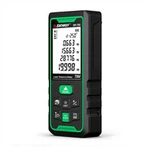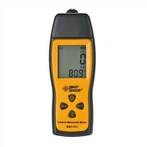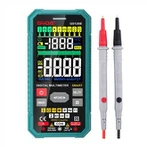This is how to use an oscilloscope to test a quartz crystal.
1. Passive crystal oscillator waveform measurement with an oscilloscope
Passive crystal vibration in the two pins will be oscillating waveforms, the negative terminal of the oscilloscope probe connected to GND, the positive terminal connected to any one of the crystal vibration pins can be seen on the crystal vibration waveform.
In general, passive crystal vibration waveform for a sine wave, through the oscilloscope can see the sine waveform, measure its frequency should be the same as the vibration frequency of the crystal.
Active crystal oscillator waveform measured by oscilloscope
Generally, the active crystal has four pins, two power supply pins, one output pin, another pin is suspended or connected to GND, in the measurement of the oscilloscope probe needs to be connected to the output pin of the positive pole, the negative pole is connected to the GND. active crystal output waveforms there are two kinds of: sine wave and square wave. This mainly depends on whether the crystal is integrated with a shaping circuit, if there is an internal shaping circuit, it will output a square wave, otherwise it will output a sine wave.
Precautions for Measurement
When measuring the crystal waveform, two things must be noted: 1) the bandwidth of the oscilloscope; 2) the load capacitance. The bandwidth of the oscilloscope must be higher than the starting frequency of the crystal, at least 5 times, otherwise the measured waveform is distorted. Crystals are sensitive to load capacitance, so measurements should be made to minimise the effect of input capacitance on the measurement.
Oscilloscopes usually have four triggering methods:
(1) Normal (norm): when there is no signal, there is no display on the screen; when there is a signal, with the level control with the display of stable waveforms;
(2) automatic (auto): when there is no signal, the screen shows the light trace; when there is a signal with the level control with the display of a stable waveform;
(3) TV field (tv): used to display the TV field signal;
(4) Peak auto (p-p auto): when there is no signal, the light trace is displayed on the screen; when there is a signal, a stable waveform can be obtained without adjusting the level. This method is only used in some oscilloscopes (e.g. caltek ca8000 series oscilloscopes).






